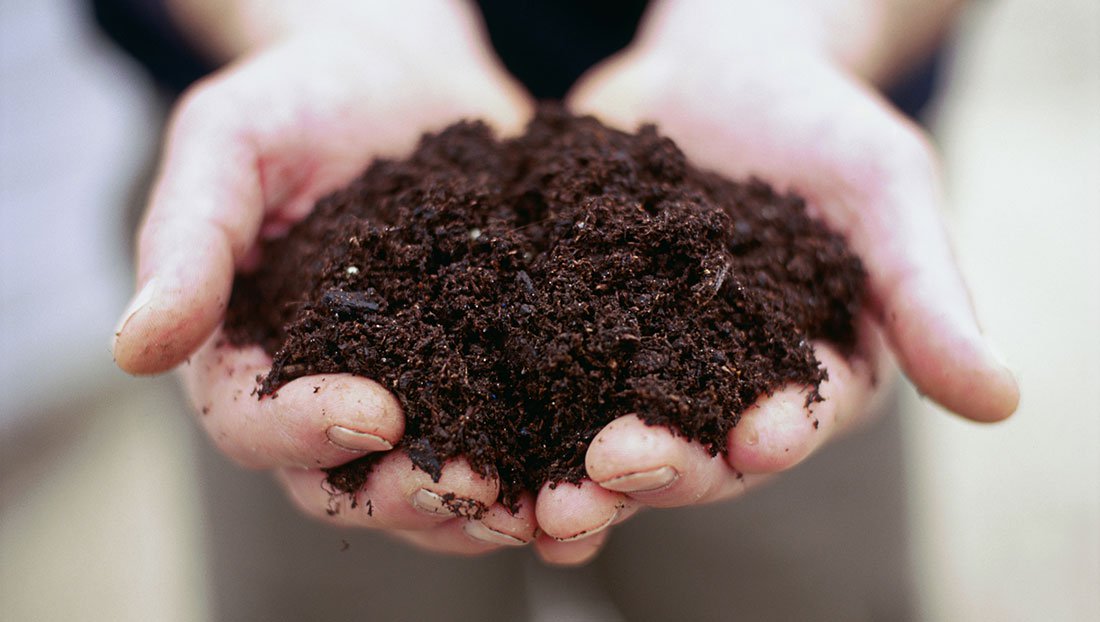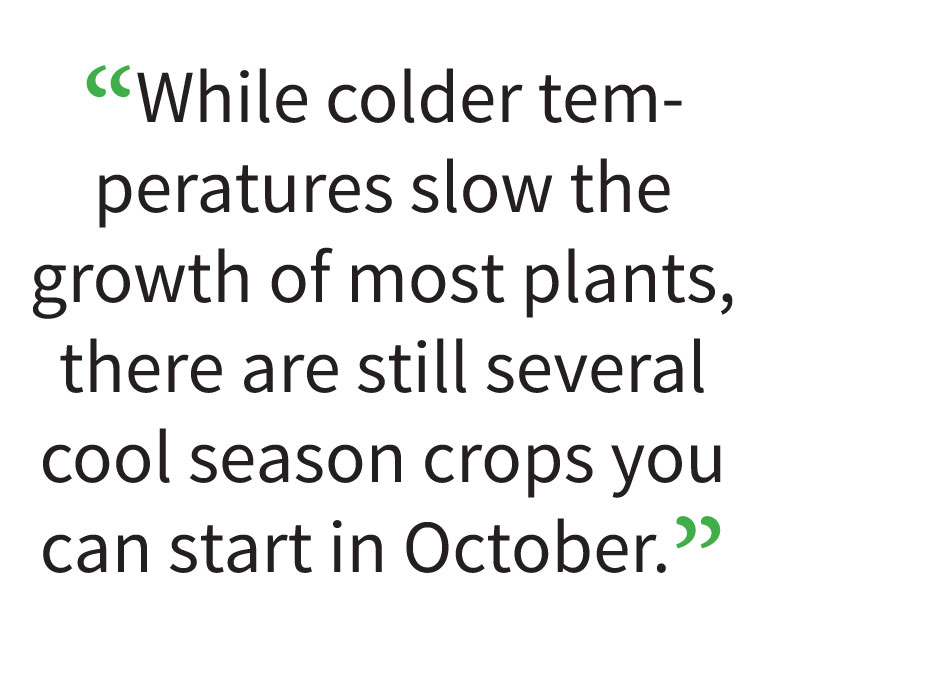Published in the October 25 – November 7 issue of Morgan Hill Life
 Late summer plantings should have a solid start by October. Caring for these plants during the autumn and winter months can extend harvests and protect the soil.
Late summer plantings should have a solid start by October. Caring for these plants during the autumn and winter months can extend harvests and protect the soil.
Assuming that the Morgan Hill area gets its much needed rain this winter, growing flowers and vegetables during the winter months can provide a delicious harvest, while reducing erosion and promoting soil health. So what can you do to care for your winter crops?
Add organic soil amendments
Whether you plan for your garden to work or rest this winter, adding organic soil amendments now can replenish nitrogen levels and improve soil structure. Popular soil amendments include alfalfa pellets, blood meal, and fish emulsion. Aged manure or compost can also be dug in, or used as a top or side dressing to feed winter crops right away, or spring crops later in the season.
 Mulch! Mulch! Mulch!
Mulch! Mulch! Mulch!
The benefits of mulching cannot be overstated. Covering the ground with two to six inches of mulch is one of the best ways to protect your Morgan Hill crops and soil. Mulching prevents runoff and erosion. It stabilizes soil temperatures and makes it more difficult for weeds to get started. You can often get free wood mulch from local tree trimmers. Just be sure to keep mulch a few inches away from tree trunks and plant stems. Continuous exposure to moisture can lead to fungal diseases.
Cut your losses
Some summer annuals may be hanging on, but they are not going to benefit anyone except local pests. Dead and dying summer plants can play host to many different pests and diseases. Toss diseased plant material in the trash and compost everything else. This is also a good time to prune fruit and nut trees. Cut out any dead, diseased, or crossed limbs. Do not prune apricot trees or grape vines in the rainy season, or you may create an entry point for Eutypa dieback, a fungal disease that can kill a tree or vine.
New plantings
While colder temperatures slow the growth of most plants, there are still several cool season crops you can start in October.
These crops include artichoke, arugula, asparagus, beets, bok choy, Napa cabbage, chard, cilantro, collards, dill, fennel, garlic, kale, kohlrabi, lettuce, mustard greens, peas, radishes, spinach, and turnips.
Late summer plantings of Broccoli, cauliflower, fava beans, leeks, Brussels sprouts and cabbage should be well on their way by now. Adding side dressings and mulch can provide nutrients and protection to these cool weather crops.
You can learn more about winter gardening at the South County Teaching and Demo Garden, found at St. Louise Hospital, 9400 No Name Uno, in Gilroy.
You can learn more at www.mgsantaclara.ucanr.edu/demonstration-gardens/south-county-teaching-and-demonstration-garden. Free classes are regularly offered to the public.
For more information, check our events page at www.mgsantaclara.ucanr.edu/events/ or call (408) 282-3105 between 9:30 a.m. and 12:30 p.m., Monday through Friday.






